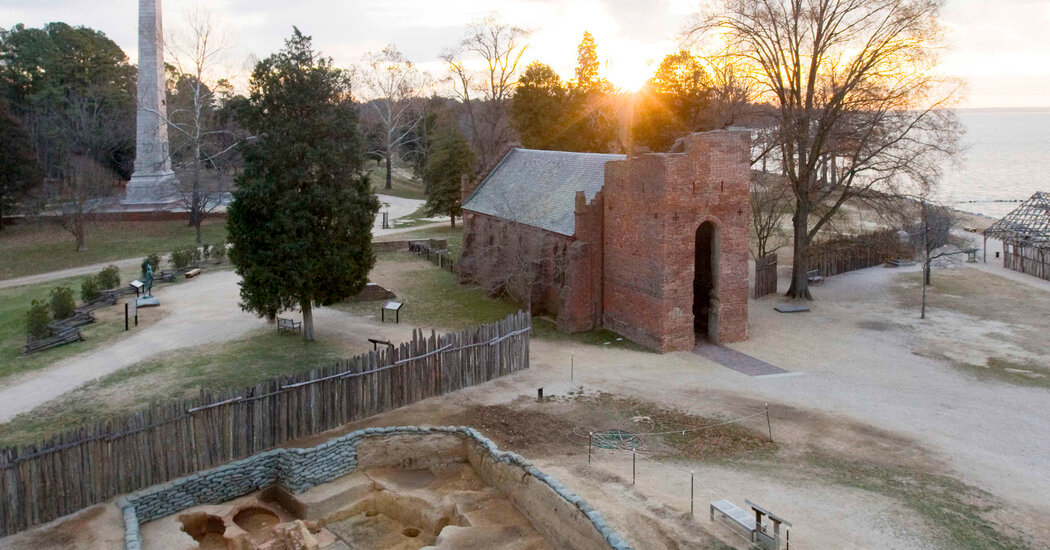Famine Drove Jamestown Settlers to Eat Native Dogs, DNA Reveals

This article is part of our Pets special section on scientists’ growing interest in our animal companions.
For 30 years, archaeologists have been digging at Jamestown, the first permanent British settlement in America. The trumpets, children’s shoes, pistols and millions of other unearthed objects have provided fresh clues to what life was like at the fort that settlers built in 1607 on the James River in Virginia.
Now, some of the most intriguing clues are coming from bones — not of the people who lived in Jamestown, but of the dogs.
The earliest written records of European colonists make only fleeting references to dogs. Spanish and British explorers brought mastiffs, bloodhounds and water spaniels to the New World, though probably not as pets. Some European dogs helped hunt down deer and birds, while others were sent into battle: When Powhatan forces attacked Jamestown, English soldiers retaliated by setting dogs loose on Powhatan villages.
The records also indicate that dogs sometimes served as food. When the Powhatan people laid siege to the settlement in 1609, the British residents suffered through a winter that came to be known as “the Starving Time.” The people trapped inside Jamestown resorted to eating dogs.
“Having fed upon horses and other beasts as long as they lasted, we were glad to make shift with vermin, as dogs, cats and mice,” George Percy, the president of the Jamestown council, wrote in 1622.
In the early 2000s, archaeologists confirmed those reports with the discovery of the bones of at least 16 dogs at Jamestown. The dogs had been buried in wells, cellars and a bakery. The archaeologists spotted cuts on the bones where knives had been used to pare off the muscles. “Those butchering marks on the dog bones were clear to us right away,” said Leah Stricker, a curator at Jamestown Rediscovery, the archaeological project digging up artifacts at the settlement.
